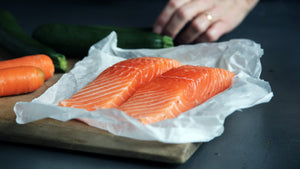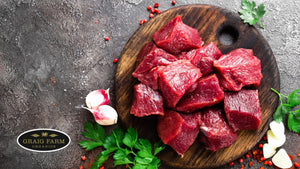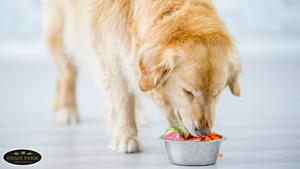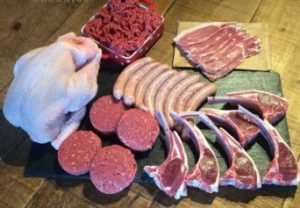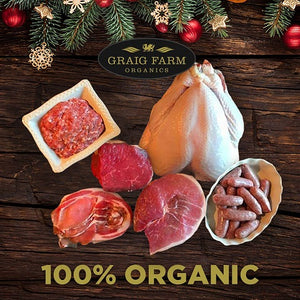The importance of Farming During WW1

With the recent publicity surrounding the beginning of the First World War, we thought that Graig Farm ought pay its own little tribute to the work carried out by the farming community during the war years.
Whilst the First World War is known as the world’s first ‘Total War’ and the Home Front’s efforts during the war are well documented, we believe that not enough is known about the how the farming communities raised their game and kept the country fed.
At the very start of the war approximately 170,000 male farmers were called up to fight, approximately a third of the UK’s farm workforce. Furthermore almost half a million farm horses were claimed by the war office to help on the frontline, the story of these horses has been magnificently told by the global Hit War Horse.

When the importance of self-sufficiency became clear and German U-Boats started their campaign of sinking merchant shipping headed to Britain, the UK Government bridged the labour gap. In 1914, the UK was only 40% self-sufficient, a figure the UK could not survive by during wartime. Rationing was introduced accompanied by a boost in Farm Labour.

98,000 women from the Women’s Land Army were recruited to work on the farms, further boosted by 66,000 men returning from the front lines to work in agriculture. With the absence of ‘horsepower’ the Government invested in machinery, 400 British Saunderson Tractors were bought and were followed by purchases from the US for machinery worth $3.2 million.
The agricultural workforce worked tirelessly during the war years and the results were plain to see.
The Results
In the last year of the war, 6,000 tractors were in operation. The ‘Ploughing Up’ campaign of 1917 saw an extra 2.5 million acres of land used for growing cereals. At the end of the conflict, Britain had produced an extra 915,000 tonnes of oats, 1.7 million tonnes of potatoes and 830,000 tonnes of wheat.
By the end of the 1918 there were 20,000 members of the Women’s Land Army. During the war they carried out tasks including milking, ploughing herding and even thatching, in 1919 the WLA was disbanded but was then re-established during WW2 where its ranks swelled to 80,000 land girls.
In 1914 the UK produced 1.7 million tonnes of wheat and 2 million tonnes of oats; by 1918 the UK produced 2.4 million tonnes of Wheat and 2.9 million tonnes of oats.
The hard work of British Farmers and the Land Army had secured the food supply so the UK wasn’t starved into submission.

Then & Now
The NFU has put together a fantastic infographic revealing some key statistics about how farming has changed in the last 100 years, it can be found here.
Here at Graig Farm we are fiercely proud of the role our ancestors played in guaranteeing the food supply during the turbulent war years.
Today on the farm some of our practices aren’t all that different to what farmers before us have carried out over the last couple of hundred and indeed thousands of years.
Here’s to another 100 years of organic British Farming.

- Tags: On The Farm
- Graig Farm
